

In this book, you will find the best putting tips to help improve your golf game. No matter how far you hit your driver, how accurately you play iron shots, or how deftly you chip and pitch, golf is all about getting the ball in the hole. That means the shortest club in the bag – the putter, standard length 35” – plays an oversized role in determining your success.
Statistics bear this out. Most golfers, including pros, use the putter for about 40% of all shots in a typical round. No other club comes close. If your average score is 90, you’ll take about 36 putts per 18 holes. For pros, the figures are closer to 70 and 28. Is the stat misleading? A little, since it counts tap-ins that require practically no skill to make. But the fact remains – if you want to shave strokes from your score, the green is the first place to go. This book on the Putting Process was written by experts and, covers every aspect of this delicate art-slash-science.
Fundamental putting tips are treated with exacting detail: developing a proper grip; aligning your body, eyes, and clubface; accelerating the putter through impact. We offer putting tips lessons on finer points, like reading the green’s break and putting on bumpy surfaces, and discuss alternatives to conventional putting methods (e.g., using a “no-peek” stroke or cross-handed grip). Having the right equipment is critical, too, and you’ll find advice on everything from standard and long putters to heavy clubheads to extra-thick grips.
Of course, we also tackle the most common putting ailments, like deceleration, excessive wrist action, and the dreaded “yips.”
Finally, you’ll find numerous drills designed to improve your stroke path, tempo, and more. Until you’re holing every putt inside 10 feet, lagging every long one close and going months without a three-putt, there are always strokes to be gained on the greens.
Chapter 1: Putting Thoughts

“Putting is a challenge that is as mental as it is physical.”
Chapter 2: Technique To Improve
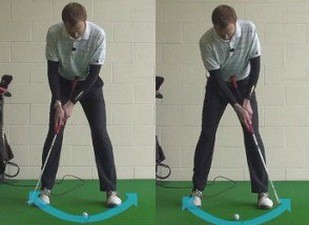
“The clubface has roughly 85% influence on the direction the golf ball starts in.”
Chapter 3: Smoother Roll
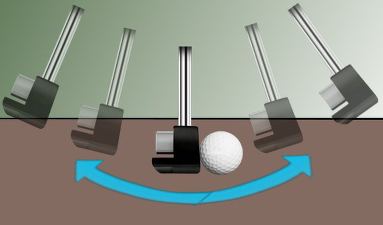
“The key to good putting is to make sure the golf ball rolls smoothly when you stroke it.”
Chapter 4: Grip is Key to SBST Stroke
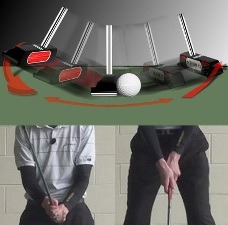
“Good putting starts with solid mechanics.”
Chapter 5: Heavy Putters
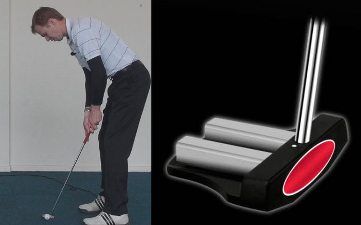
“Heavy-headed putters offer a distinct advantage for golfers with quick strokes and those who suffer from the dreaded “yips.”
Chapter 6: Face Angle 85% Influence
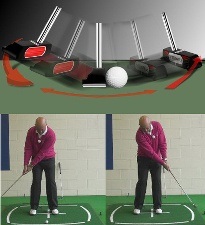
“Technically, there are infinite ways you can grip the putter while still remaining within the rules of golf.”
Chapter 7: Putter Alignment
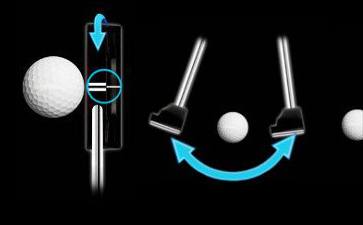
“The ability to align your putter at address is a skill just like anything else in this game.”
Chapter 8: The Putter Sweet Spot
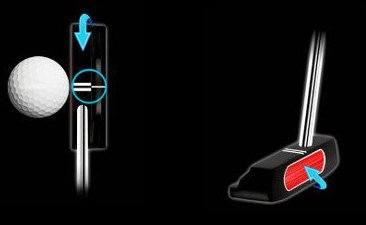
“As with full-swing shots from the tee or fairway, hitting the ball on the sweet spot is the No. 1 key to good putting.”
Chapter 9: Hold the Finish
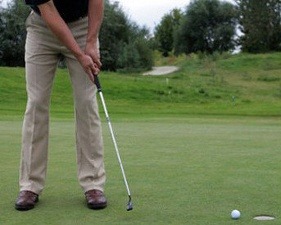
“Holding the finish helps keep your body still throughout the stroke as the arms and shoulders control the blade.”
Chapter 10: Roll Head Over Heels

“The cause of sidespin is the same regardless of the club you're using.”
Chapter 11: Aiming Your Putter

“Fortunately, proper aiming is simple thanks to built-in guides featured on the majority of today's putters.”
Chapter 12: No-Peek Putting Stroke
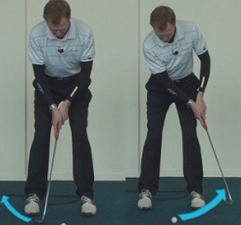
“Lifting the head as the ball is struck, called “peeking,” is a common problem among golfers – pros included.”
Chapter 13: Double-Breaking Putts
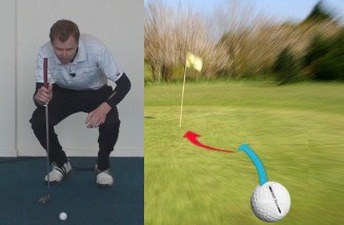
“It's not uncommon to face a putt that breaks left, then right (or vice versa) on courses with large, undulating greens.”
Chapter 14: Plumb-Bob A Putt
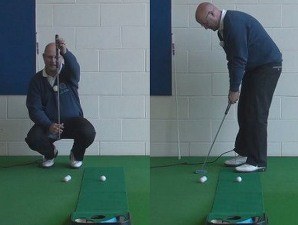
“It's not necessary to plumb-bob every putt since the slope on most greens is fairly obvious.”
Chapter 15: Putting Under Pressure

“To be a consistent putter under pressure, always remember to keep your head still.”
Chapter 16: Long Distance Putting
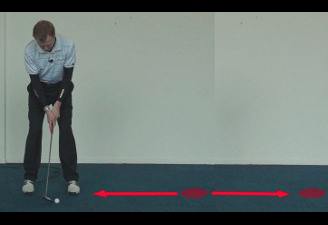
“From beyond 25 feet, the average PGA Tour pro-three-putts about 10 percent of the time.”
Chapter 17: Two-Tiered Greens

“When putting from one level to another, the primary goal is to get the ball onto the tier where the hole is located.”
Chapter 18: Align Eyes

“For most golfers, standing 8-10 inches from the golf ball will put their eyes over it.”
Chapter 19: Pendulum Plumb-Bob Method

“Advocates of the pendulum or plumb bob method say that splitting a putt in two by using the club shaft helps break up the green reading process into equal, simpler slices.”
Chapter 20: No-Bounce Putts
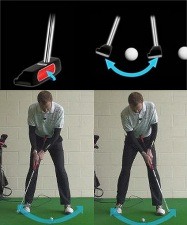
“There are two primary – and opposite – causes of bouncing putts: hitting the ball with a descending blow, or striking it with too much loft.”





